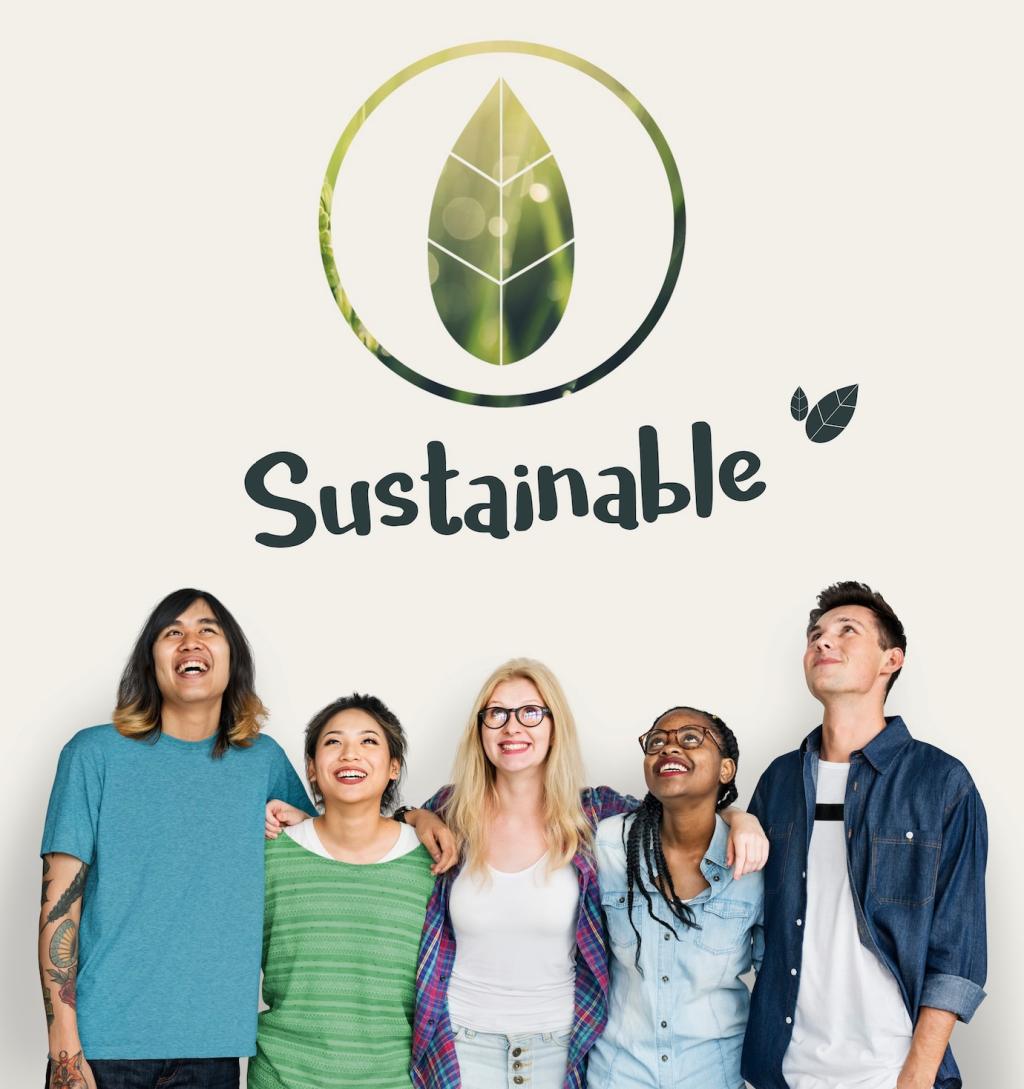From Inspiration to Action: Designing CTAs and Measuring Impact
Replace vague appeals with concrete invitations: adopt a tree on your block, test a draft message with three friends, or attend a council session. Make it time‑bound and local. Comment with a next step you’ll take in forty‑eight hours, and we’ll cheer you on in our weekly roundup.
From Inspiration to Action: Designing CTAs and Measuring Impact
Bundle actions into campaigns—ten neighbors, ten native plants, ten days. Celebrate progress publicly to reinforce social norms. Feature community champions and acknowledge setbacks. What small campaign would fit your context? Share a headline and a simple plan, and we might co‑design assets for subscribers to adapt.









